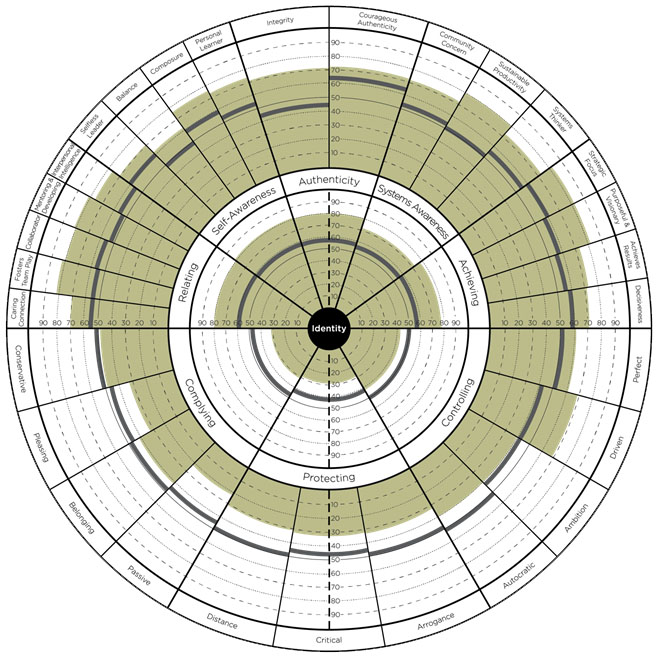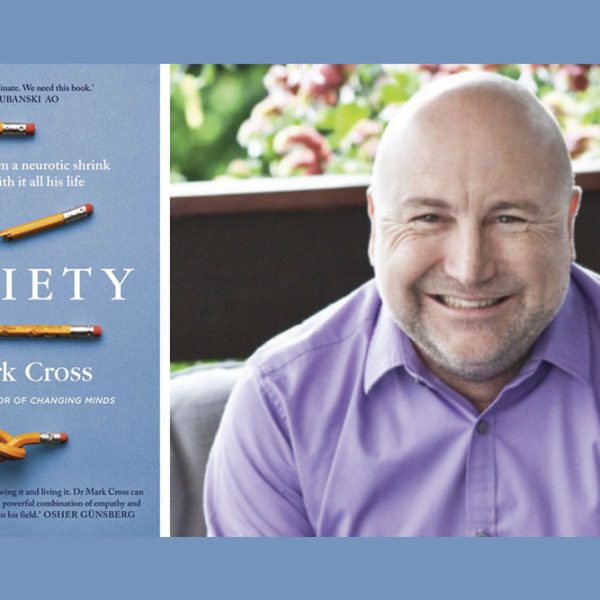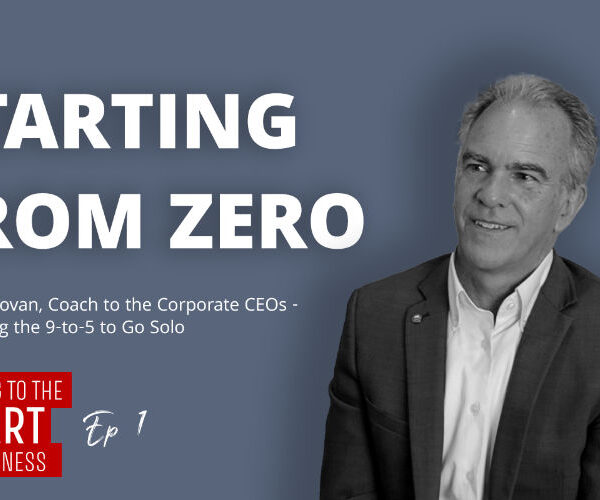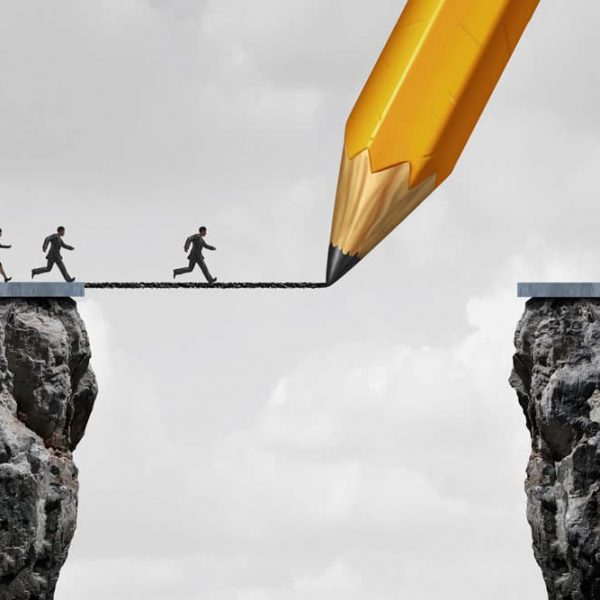Overview of Reactive Patterns (create better thought patterns)
Debrief activity and questions
Following your viewing of this 8min 39 sec video, please consider the following questions.
First, as a group, simply take a few minutes to share together what you considered to be the overall message of the video. In addition, some might like to share particular words or phrases that stayed with them, or that seemed somehow important.
When you have finished that short overall debrief, please consider the following questions as a means of taking your reflections a little deeper, and engaging in a little leadership development work together.
- Think about your work and your role and reflect on which parts of that work tend to create stress for you. In doing so, acknowledge that NOT ALL of your job is stressful, but that some parts might be.
- Now consider those parts a little more specifically. What specifically happens at the moments when your stress is peaked? What are others saying or doing? What self-talk is happening?
- Going a little deeper still, please consider what is happening in your body when you feel stressed? Where in your body do you feel the stress? What are the actual sensations in those parts?
- Finally, let’s do a little exercise. Take a moment and see if you can reproduce in your body some of those experiences of stress. Don’t rush it. Just privately experience a little of your unique stress response. When you have done that, imagine that you move high above your body, and look all the way right down back to yourself. Just pause and hover there for a moment or two, looking way down to yourself. As you did that, did you notice that the experience of stress in your body lessened? If it did, what might this suggest to you about perspective and its effect on our experience of stress? Can you think of a way to apply the learning you have made from that experience?
Resources and further reading
The Leadership Circle (TLC) Wheel is reproduced for reference on the following page.
For further reading associated with this video, see Leadership Development and Anxiety (Post COVID-19), following.
THE LEADERSHIP CIRLE WHEEL
LEADERSHIP DEVELOPMENT AND ANXIETY (POST COVID-19)
Building leadership has never been as important as it is now.
The primary reason I make that statement is that, as I write this article, anxiety is universally high. COVID has arisen as a very large threat, and most of us can confess to feeling more anxious. We don’t have to look any further than our local Woolies to see extreme anxiety at work.
Robert Kegan and Lisa Lahey in their ground-breaking book Immunity to Change said,
“Anxiety, we have gradually come to appreciate, is the most important – and least understood – private emotion in public life.”
And,
“It is not change that causes anxiety; it is the feeling that we are without defences in the presence of what we see as danger that causes anxiety.”
Kegan and Lahey emphasise anxiety as the key leadership issue because all of the three universal reactive tendencies, each of which cancel our best leadership aspirations, are driven by anxiety. Our fears of losing control, of putting important relationships at risk, or being exposed as ignorant, all go into hyperdrive when anxiety is elevated. These fears, if unexamined and poorly managed, drive behaviours that directly undo our leadership. Those behaviours don’t engage, don’t inspire, and don’t set a compelling direction for others.
Our reactive tendencies drive us either to work harder, longer and faster, as if that was the best and smartest response, or to just disengage and become passive and defeated.
Right now, more than ever, we need more people looking beyond their immediate anxiety to demonstrate leadership. We need to build in our managers and senior leaders the capacity to notice their anxiety and not be informed and driven by it. We need them to be asking better questions, thinking more strategically, and taking action that is deeply informed by that thinking.
Understanding the difference between our anxiety-driven behaviour, and that behaviour which is informed by our creative selves, has always been where leadership begins. At this time, investing in our people to enable them to offer leadership from their creative self is undoubtedly the smartest move we can make. Organisations that are led and run by managers who dig deep in anxious times, who ensure their leadership is up to the challenge, and who help others to live the best version of themselves, will thrive.



